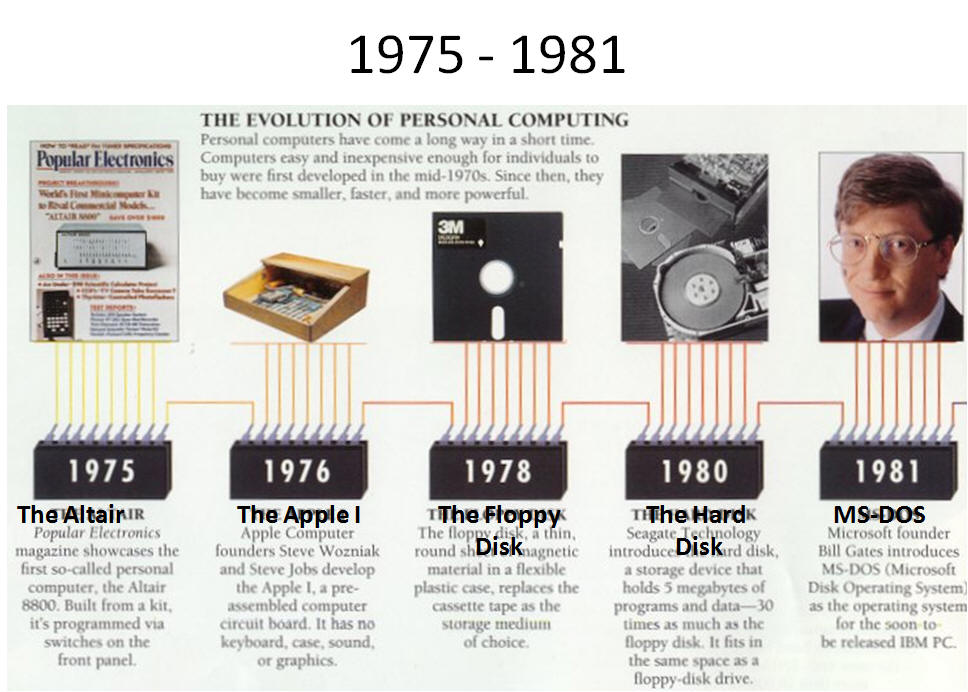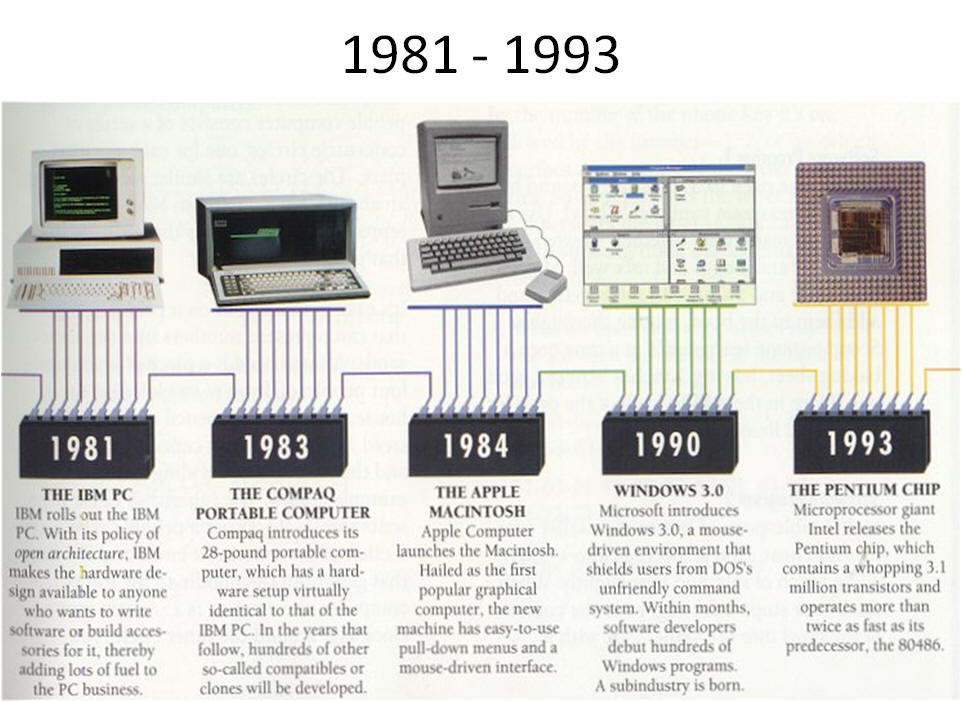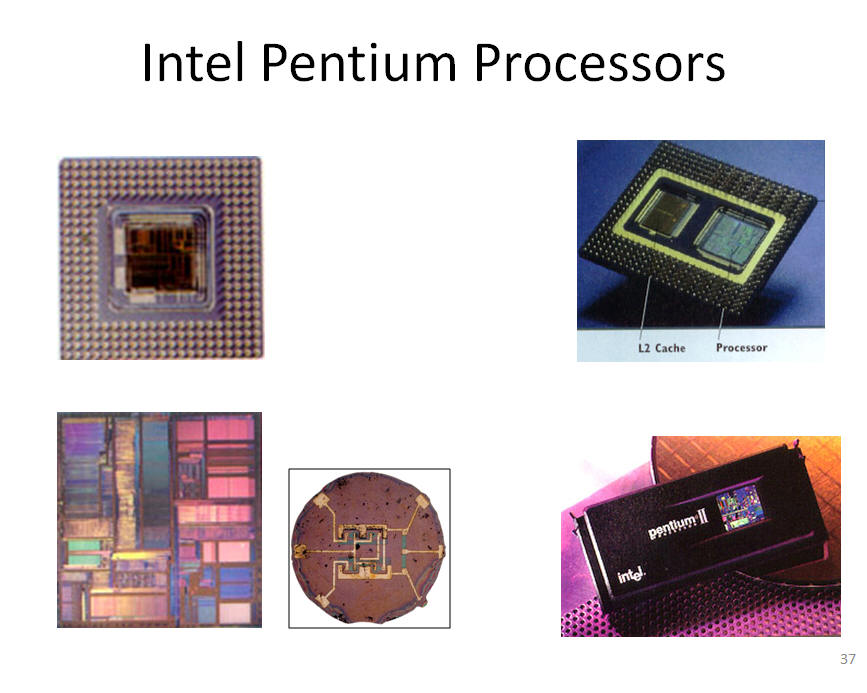?Who invented the computer
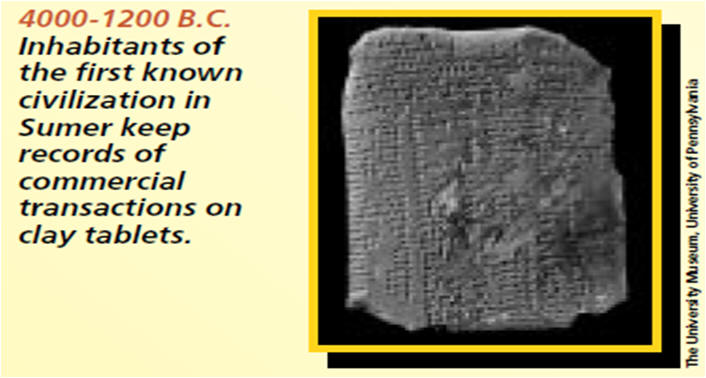
Before humans invented “machines” to help them count or do math, they used whatever was at hand
Mechanical computers:
The Abacus (c. 3000
BCE)
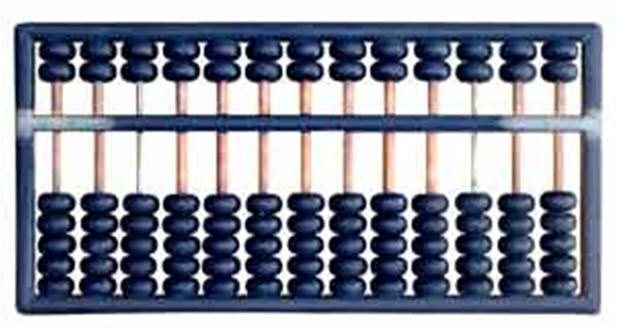
The abacus is still a mainstay of basic computation in some societies. Slide the beads up and down on the rods to add and subtract.
Blaise Pascal’s
Pascaline (1645)
This famous French philosopher and mathematician invented the first digital calculator to help his father with his work collecting taxes. He worked on it for three years between 1642 and 1645. The device, called the Pascaline, resembled a mechanical calculator of the 1940's. It could add and subtract by the simple rotation of dials on the machine’s face.
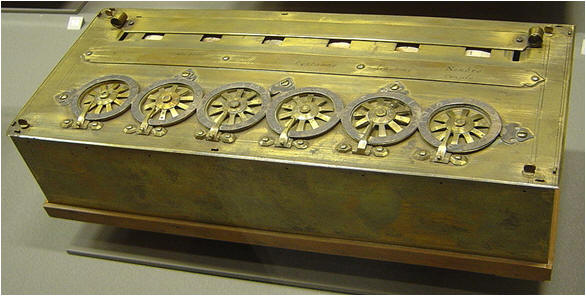
Gottfried Wilhelm Leibniz(1694)
Gottfried Wilhelm Leibniz invents a mechanical calculator that can perform + - x /. Only two machines were made.
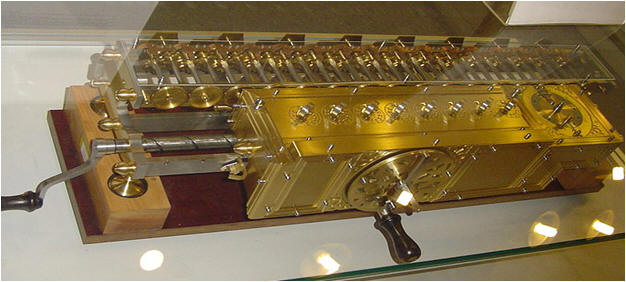
Joseph-Marie Jacquard and his punched card controlled looms (1804)
Joseph Jacquard invents loom that is “programmed” using punched cards.
He was very familiar with the mechanical music boxes and pianolas, pianos played by punched paper tape, which had been around for some time. One day he got the bright idea of adapting the use of punched cards to control his looms. If you look carefully at the picture on the right, and those on the following slide, you can see a continuous roll of these cards, each linked to the other, the holes in them punched strategically to control the pattern of the weave in the cloth produced by the loom. All the weaver had to do was work the loom without needing to think about the design of the cloth. Brilliant! Jacquard revolutionized patterned textile weaving. His invention also provided a model for the input and output of data in the electro-mechanical and electronic computing industry.
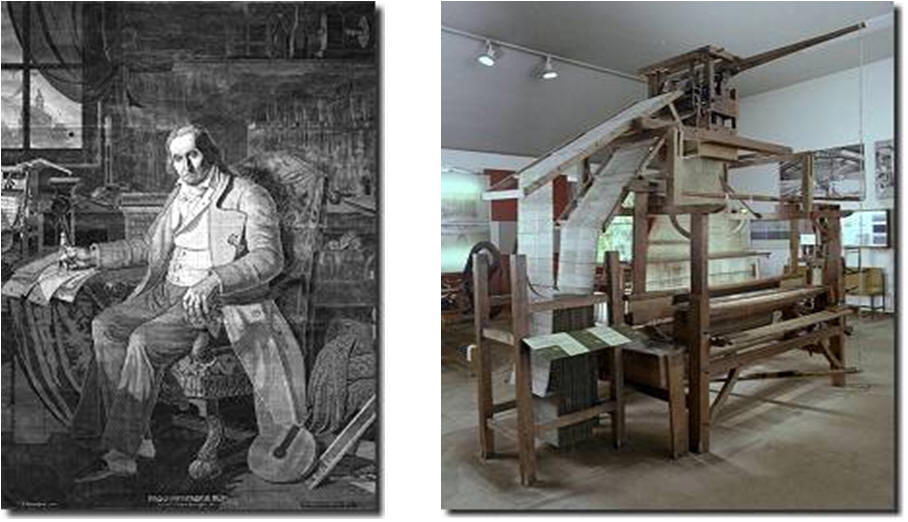
Charles Babbage (1791-1871)
Charles Babbage is recognized today as the Father of Computers because his impressive designs for the Difference Engine and Analytical Engine foreshadowed the invention of the modern electronic digital computer. He led a fascinating life, as did all the folks involved in the history of computers. He also invented the cowcatcher, dynamometer, standard railroad gauge, uniform postal rates, occulting lights for lighthouses, Greenwich time signals, heliograph ophthalmoscope. He also had an interest in cyphers and lock-picking, but abhorred street musicians.
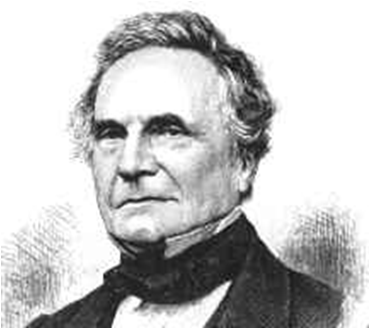
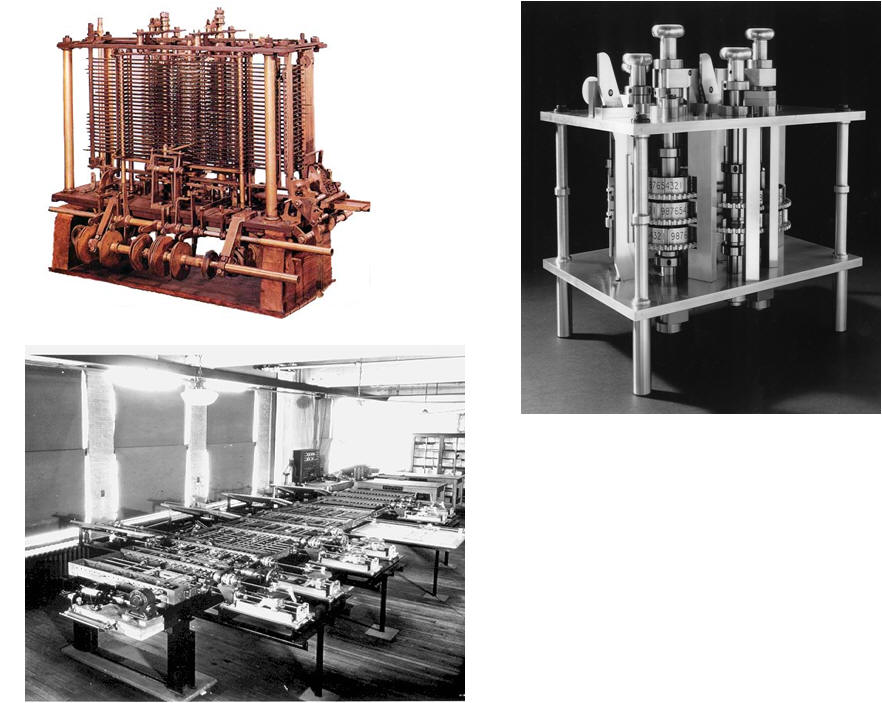
Augusta Ada (1815-1852)
Babbage owes a great debt to Lady Augusta Ada, Countess of Lovelace. Daughter of the famous romantic poet, Lord Byron, she was a brilliant mathematician who helped Babbage in his work. Above all, she documented his work, which Babbage never could bother to do. As a result we know about Babbage at all. Lady Augusta Ada also wrote programs to be run on Babbage’s machines. For this, she is recognized as the first computer programmer.
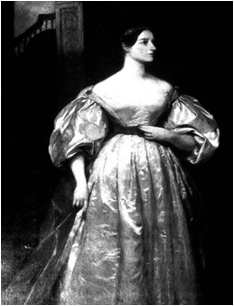
Herman Hollerith (1890)
Hollerith was the first American associated with the history of computers. As you might expect, he was also the first to make a bunch of money at it. His company, the Tabulating Machine Company, became the Computer Tabulating Recording Company in 1913 after struggling in the market and merging with another company that produced a similar product. The company hired a gentleman named Thomas J. Watson in 1918 who was primarily instrumental in turning the company around. In 1924, the company was renamed International Business machines (IBM) Corporation.
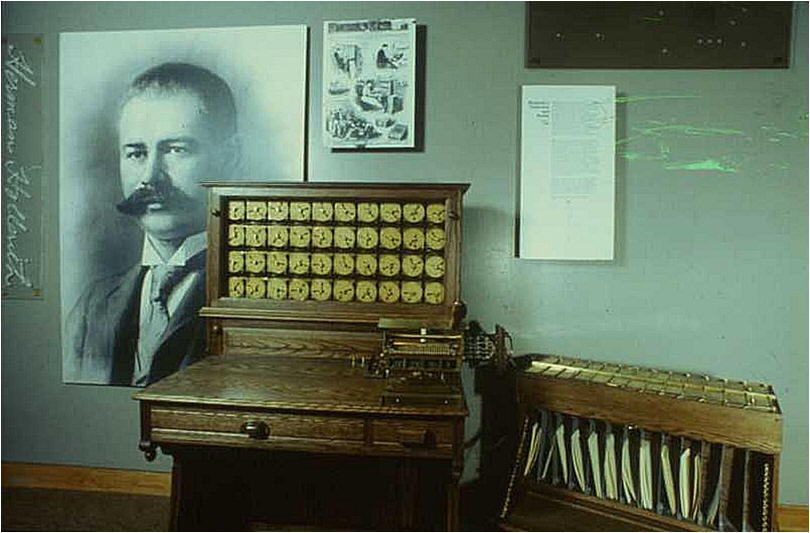
Alan Turing (1912 – 1954)
The story of modern electronic digital computing should start with Alan Turing who published a paper in 1936 On Computable Numbers, with an application to the Entscheidungsproblem. The paper proved that a machine capable of processing a stream of 1s and 0s according to programmed instructions would be capable of solving any problem that would count as a 'definite method.' As it happens, the set of problems included in this definition is the universe of mechanically solvable problems. Hence, the Turing Machine is also known as the Universal Machine, the theoretical precursor to the electronic digital computer which Atanasoff was soon to invent.
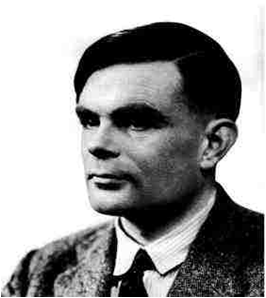
Konrad Zuse (1910–1995)
was a German civil engineer and computer pioneer. His greatest achievement was the world's first functional program-controlled Turing-complete computer, the Z3, which became operational in May 1941. He founded one of the earliest computer businesses in 1941, producing the Z4, which became the world's first commercial computer. In 1946, he designed the first high-level programming language,
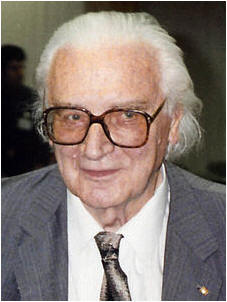
Atanasoff-Berry Computer (1939)
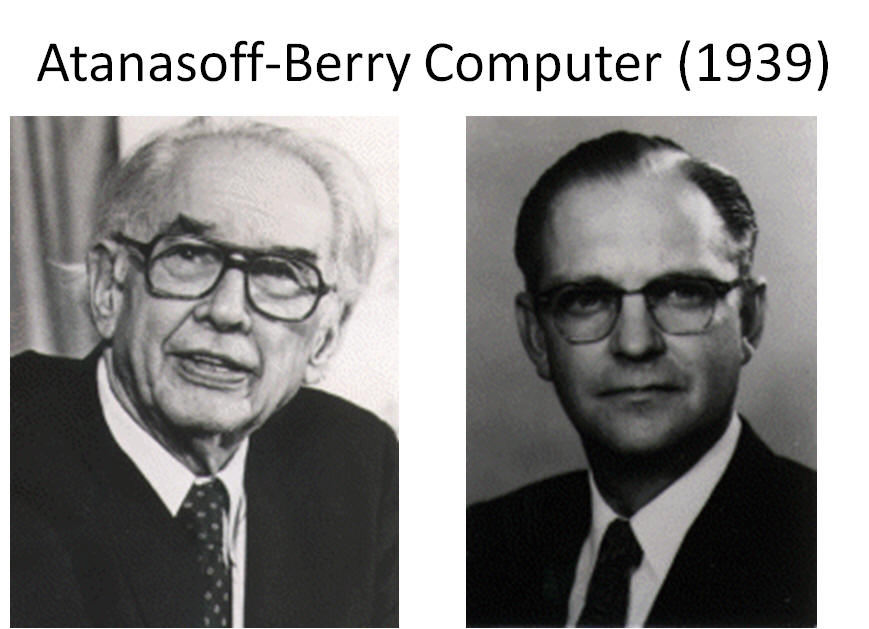
John Vincent Atanasoff (1903-1995) Clifford Berry (1918-1963)
1939 The Atanasoff-Berry Computer (ABC)
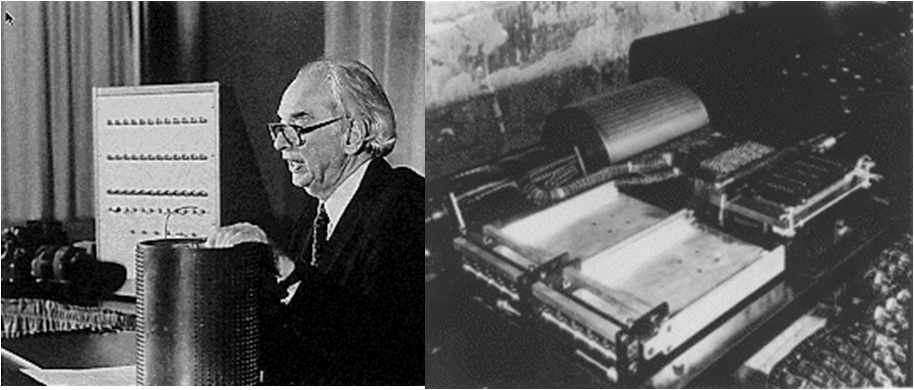
The ABC was the first electronic digital computer, invented by John Vincent Atanasoff
The ABC was a digital computer, so-called because it processed data in discrete, digital units (the digits 1 and 0). It also used the binary (base 2) number system in computation, the results being converted to and from decimal (base 10) for the purposes of human consumption. Being binary, the data could easily be represented electronically since switches natural have two states—on and off—which lend themselves to representing the numbers or values 1 and 0. The ABC used vacuum tubes, punched cards and a memory device that looked like a drum.
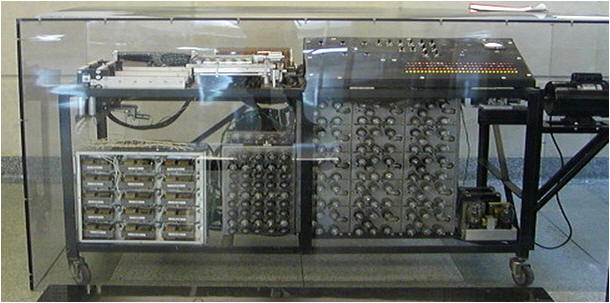
1944
Howard Aiken & Grace Hopper
In 1937, Howard Aiken developed
a programmable computer 17 metres long and 2.5 metres high, which could
calculate 5 times faster than a human.It was IBM's Mark
I.
It was built using 3300 gears and 1400 switches linked with 800 km of electrical
wiring.
In 1947, the Mark II appeared, with its predecessor's gears being replaced by electronic components.
1946
ENIAC ( Electronic
Numerical Integrator And Computer)
John Mauchley and Presper Eckert complete the Electronic Numerical Integrator and Calculator (ENIAC) at Univ of Pennsylvania. Much based on Atanasoff’s ABC.
First general purpose, digital electronic computer.
Could compute a ballistic firing trajectory in 20 sec vs. 30 min conventional way.
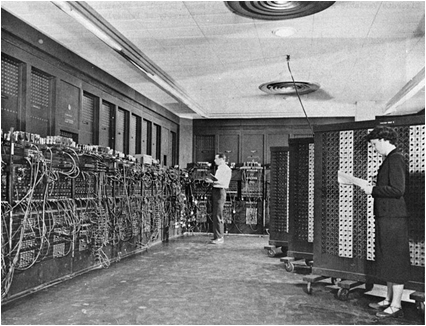
Dimensions: 30 x 30 feet
Weight: 30 tons
Powered by 18,000 vacuum tubes
http://en.wikipedia.org/wiki/File:Eniac.jpg
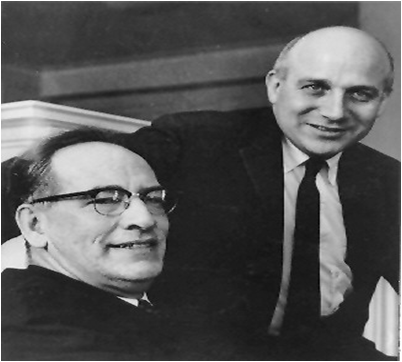
John Presper Eckert
(1919-1995)
and
John Mauchly
(1907-1980)
of the
University of Pennsylvania Moore School of Engineering
J. Presper Eckert (at right in the picture on this slide) and John Mauchly were professors in the Moore School of Engineering at the University of Pennsylvania. Mauchly invited himself to Atanasoff’s home for a long weekend in order to check our the ABC. Atanasoff made him welcome, showed him his machine, and gave him a copy of the paper describing the workings of the machine that already had been filed with the Iowa State College’s patent lawyer. Mauchly returned to Pennsylvania and, together with Eckert, designed and built the ENIAC (Electronic Numerical Integrator and Computer) which was commissioned by the U.S. Department of Defense and delivered in 1946.
1951: UNIVAC I
UNIVersal Automatic Computer I (UNIVAC I) , designed principally by Eckert and Mauchly, is the first commercially successful computer.
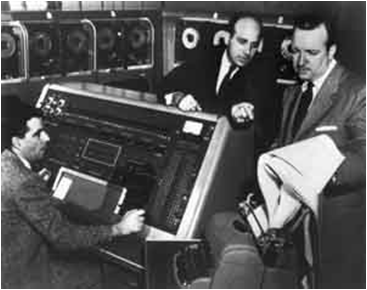
Sweeney (left) and Eckert (center) demonstrate the U.S. Census Bureau's UNIVAC for CBS reporter Walter Cronkite (right).
John Mauchly leaning on the UNIVersal Automatic Computer
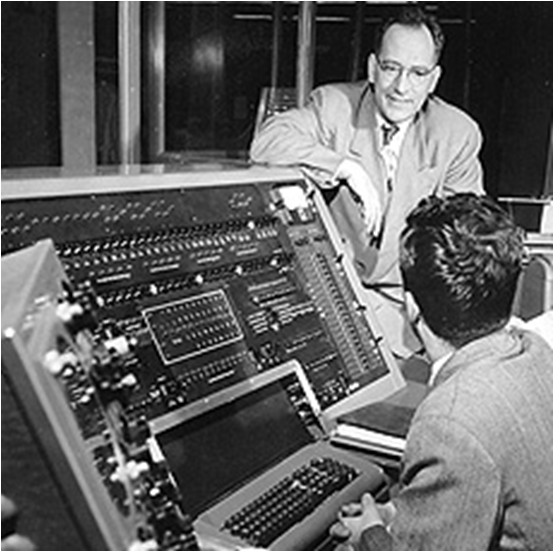
Vacuum tubes
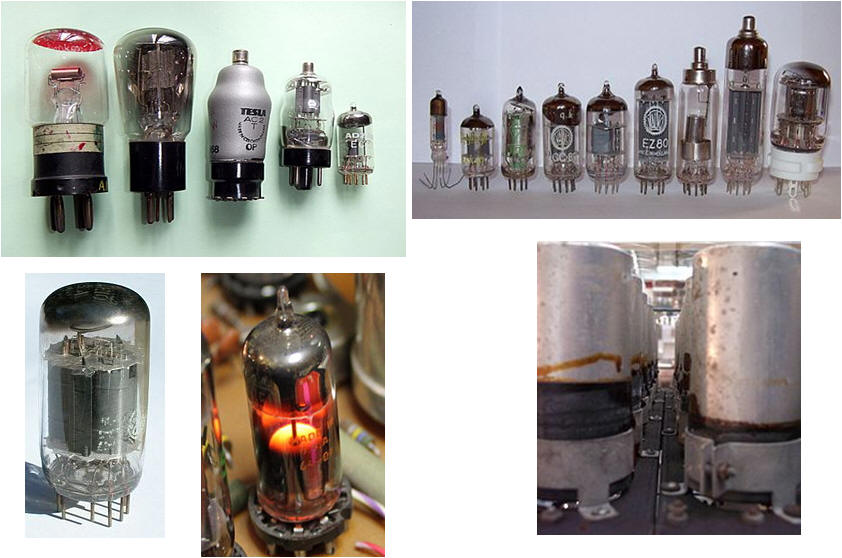
ENIAC vacuum tubes in holders
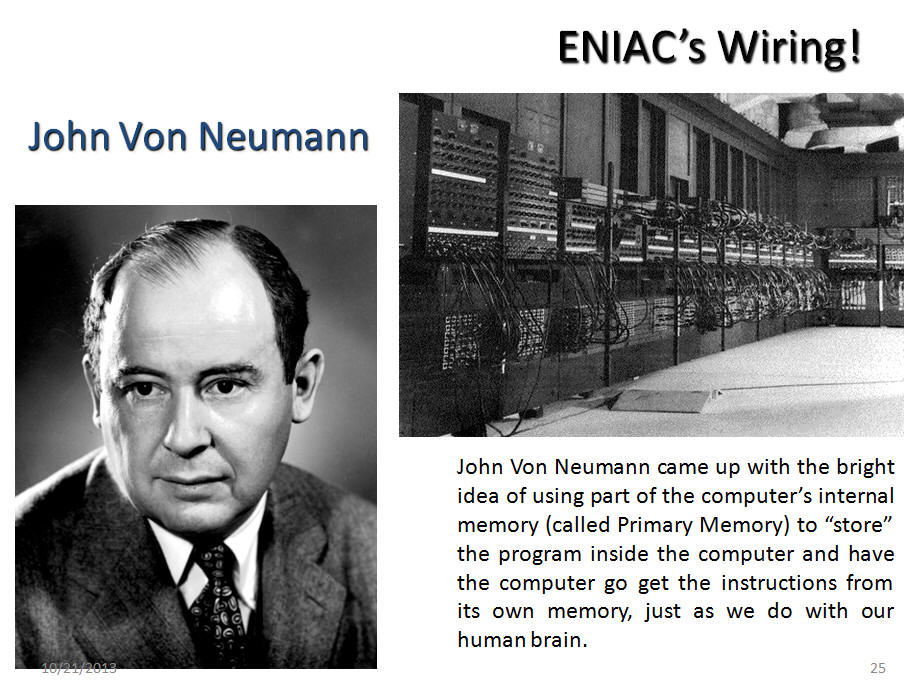
John von Neumann elucidated the first practical stored-program computer architecture (scheme for connecting computer components) in the mid-1940s. It is comprised of the five classical components (input, output, processor, memory, and datapath). The processor is divided into an arithmetic logic unit (ALU) and control unit, a method of organization that persists to the present. Within the processor, the ALU datapath mediates data transfer for computation. The registers are fast memory modules from/to which data can be read/written to support streaming computation, as shown in Figure 1.8. Within the ALU, an accumulator supports efficient addition or incrimination of values corresponding to variables such as loop indices.
The von Neumann architecture has a significant disadvantage - its speed is dependent on the bandwidth or throughput of the datapath between the processor and memory. This is called the von Neumann bottleneck.
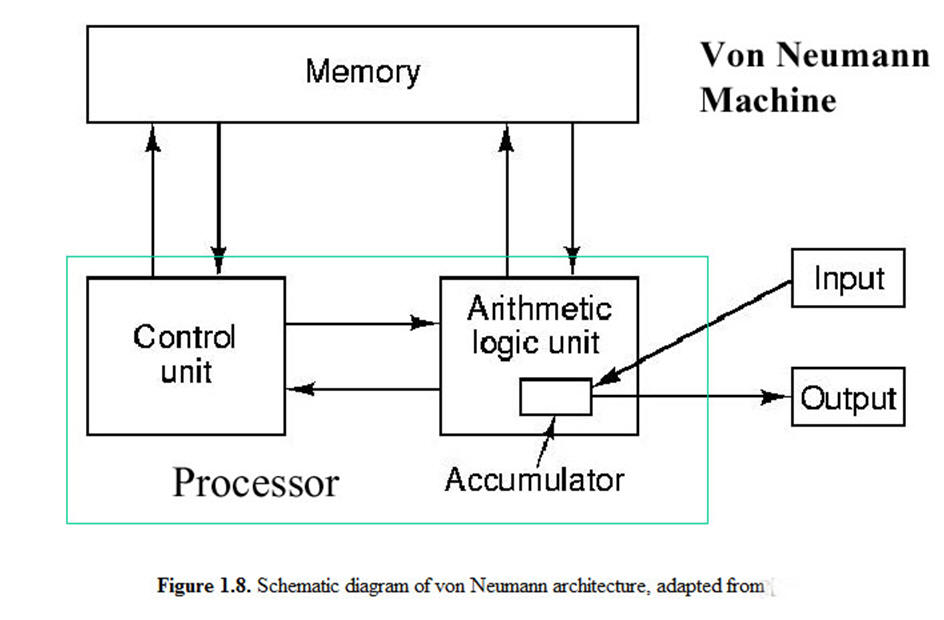
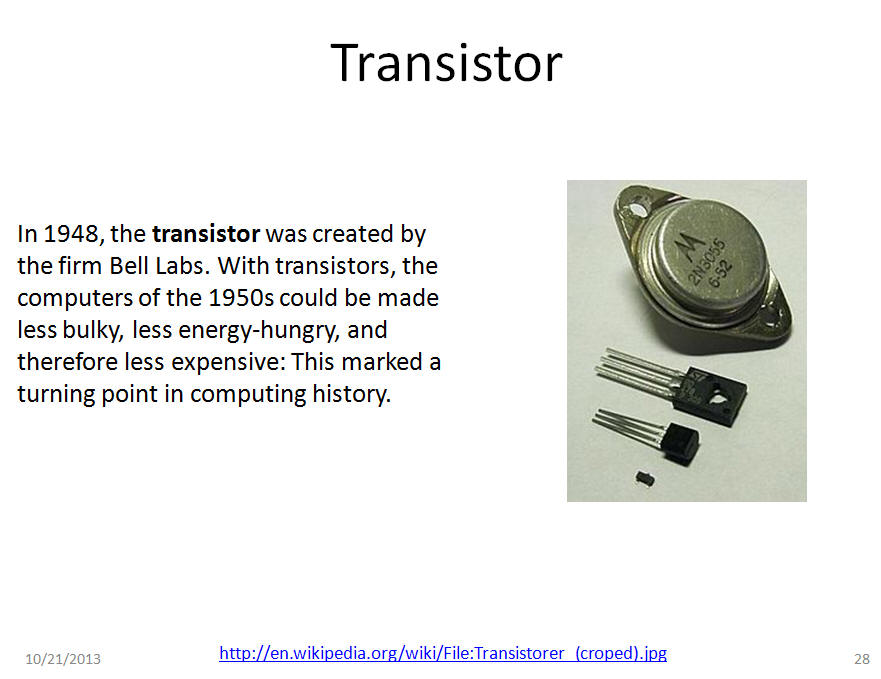
The integrated circuit 1958
An integrated circuit or monolithic integrated circuit (also referred to as IC, chip, or microchip) is an electronic circuit manufactured by the patterned diffusion of trace elements into the surface of a thin substrate of semiconductor material. Additional materials are deposited and patterned to form interconnections between semiconductor devices.
Integrated circuits are used in virtually all electronic equipment today and have revolutionized the world of electronics. Computers, mobile phones, and other digitalappliances are now inextricable parts of the structure of modern societies, made possible by the low cost of production of integrated circuits.
The integrated circuit was perfected in 1958 by Texas Instruments (Invented by Jack Kilby) , and made even smaller and cheaper computers possible, by integrating multiple transistors on the same circuit without using electrical wiring.
Transistor Scale of Integration

This chart shows the different scales of integration of transistor chips. For each scale, a certain number of transistors are used in the process:
FIRST GENERATION,
1951 – 1958: The Vacuum Tube
started in 1951 with the creation of -
UNIVAC (Universal Automatic Computer) – a tabulating machine
which won the contest for the fastest machine which could count the
US 1890 census.
1959 – 1964: The Transistor
The year 1959 marked the invention of transistors, which characterized the second generation of computers.
TRANSISTOR – was a three-legged component which shrunk the size of the first generation computers.
Occupied only 1/100th of the space occupied by a vacuum tube
More reliable, had greater computational speed, required no warm-up time and consumed far less electricity.
1965 – 1970: The Integrated Circuit
1971 – present: The Microprocessor
•4004 chip – was the first microprocessor introduced by Intel Corporation.
